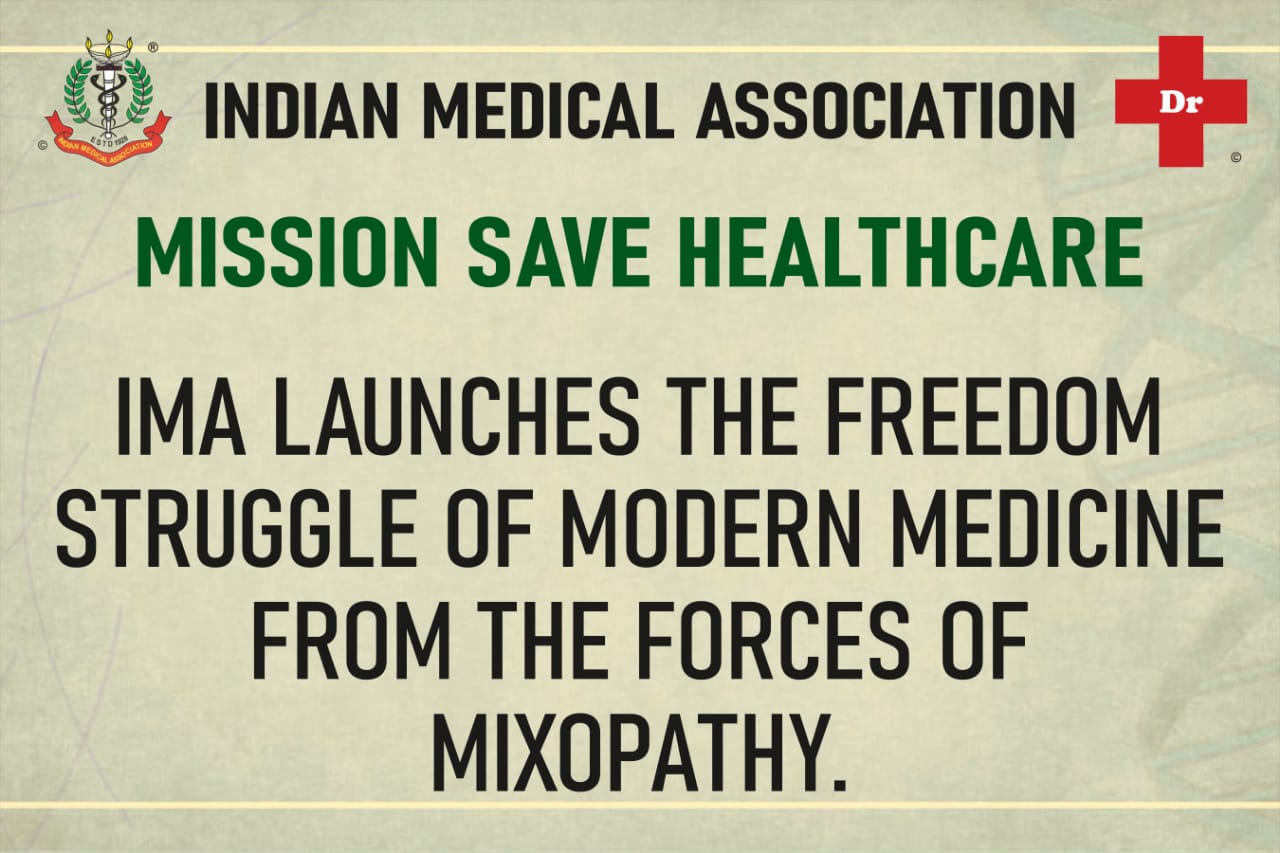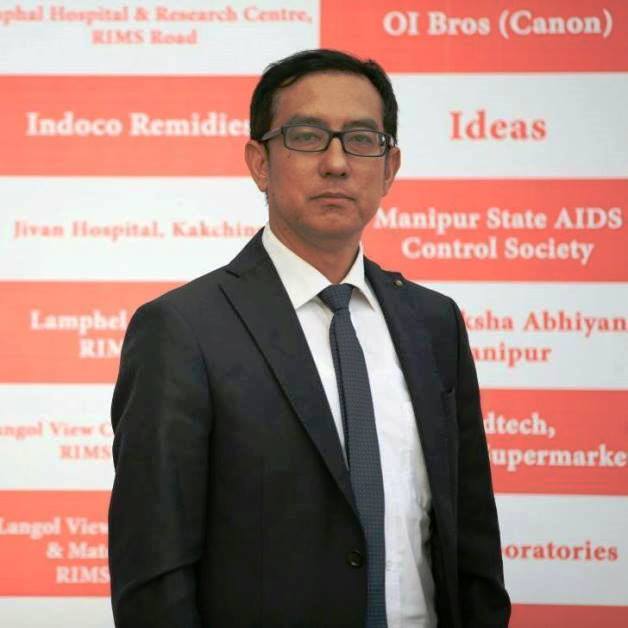The junior doctors’ strike in West Bengal has drawn sharp focus on the safety of doctors while discharging their duties. The issue turns out critical yet again, as their colleagues across States, be it in Maharashtra, UP, Kerala, Bihar etc joined the one-day nationwide protest on Monday last called by the Indian Medical Association.
 KRC TIMES Desk
KRC TIMES Desk

The junior doctors’ strike in West Bengal has drawn sharp focus on the safety of doctors while discharging their duties. The issue turns out critical yet again, as their colleagues across States, be it in Maharashtra, UP, Kerala, Bihar etc joined the one-day nationwide protest on Monday last called by the Indian Medical Association. On the one hand, doctors expressed solidarity with their colleagues and on the other patients were at the receiving end with many facilities at hospitals closed down.

According to IMA estimates, over 75 per cent of doctors in the country faces at least some form of violence. Its study revealed that doctors face maximum violence when providing emergency services with as many as 48.8 per cents of such incidents reported from intensive care units or after a patient had undergone surgery. And the worst-hit are the junior doctors, who have a maximum interface with patients.
The Kolkata High Court thus reminding the striking doctors of the Hippocratic Oath to ensure the welfare of patients is not much of a help, like harassment, not to speak of violence, appears to have become the norm in hospitals across the country. And as is typical of a government, Mamata Banerjee’s administration is now to report back on steps taken, if any, on the attack on junior doctors, at the NRS Medical College and hospital, after the death of a patient.
Likewise, at best Union Health Minister Harsh Vardhan says he has written to all States requesting Chief Ministers ‘to bring specific laws to protect doctors.’ Plus, he assures ‘at central level, if we can do something, we’ll revisit the issue…Everybody has to be sure about it that we are well-intentioned. The aim is to ensure that such incidents are never repeated in this country.”

The problem, however, is not simple to resolve, and a wishing strike by the doctors and health workers cannot be wished away. More so, as meagre facilities impact their work, as there is a poor allocation of funds by both the Centre and State Governments for health. In fact, the country’s allocation in the health sector is below 2 per cent of GDP, which is much less than other comparable emerging economies. The distressing fact is that there is no pressure and worse our political leaders are quite oblivious to the sorry state of affairs in the country’s government hospitals.
Every day these hospitals are flooded with people and it is indeed difficult with the existing infrastructure in most hospitals specially in States like Bengal, to tackle the unending stream of patients. One is well aware of the fact that admission in hospitals, not just in Bengal but in most States of Eastern India, is indeed hindered due to severe scarcity of beds.
Apart from this, very few hospitals have modern equipment, more OTs and necessary infrastructure to treat very critical patients, who may need to be operated within a few hours. Like Mamata, many others have too voiced concern at the treatment being stopped to needy patients through strikes but have never said that the number of hospitals in the State is inadequate. What they fail to address is why patients have to travel long distances to come to Kolkata or other cosmopolitan cities to get specialised treatment?
There is little endeavour by the authorities, spanning across major political parties and governments, to increase the number of hospitals and ensure there is at least one or two big and specialised hospital in each district and two or three in each sub-division with adequate doctors, specialist doctors and nurses.
Noted cardiac surgeon, Dr Devi Shetty among others has repeatedly emphasised the need to increase the number of hospitals as also a number of seats in graduate and postgraduate courses in medical and dental sectors. The lack of health infrastructure has been discussed and debated at length in the powers of the corridor but no concrete plan endorsed.

One obvious reason may be due to the fact that those at the helm of decision making — whether politicians or bureaucrats — come from the upper echelons of society and are least affected by the condition of government hospitals where the ordinary mass of people go. They would end up either getting admitted hospitals like AIIMS in Delhi and other cities or SSKM in Kolkata, where VIP wards are reserved for them and specialists doing regular rounds. Plus, the luxury of fancy private hospitals, now in business, is where they can get treated with no pinch to the wallet as the treatment amount would be reimbursed!
Who cares about the agony of the poor? Those who have to travel long distances to get to a specialised hospital, end up in long queues for enrolling themselves, long wait for the doctor, etc, would be on the edge and are bound to have a negative reaction if something goes drastically wrong.
Thus, telling doctors about their duty is quite easy but what about the State accepting its duty and obligation to provide health care to all citizens, especially those belonging to the lower strata of the population? It is a well-known fact that in most districts people are sent from health centres and government hospitals to private nursing homes due to lack of infrastructure to treat patients. Is the government unaware of the fact that health has emerged as an area of business, where profits are assured, unlike many other business areas?
Therefore, it can very well be said that since the Government has not cared for the health of the community, the burden cannot be transferred to the doctors. The best students join the medical and dental profession and passing the buck on to them, denying them the right to protest against violence and harassment of their fellow brethren is clearly unfair.
And while some may quote a judgment way back in 1996, it rarely will help. The order stated: “Article 21 imposes an obligation on the State to safeguard the right to life of every person. Preservation of human life is thus of paramount importance. The government hospitals run by the State and the medical officers employed therein are duty bound to extend medical assistance for preserving human life. Failure on the part of a government hospital to provide timely medical treatment to a person in need of such treatment results in a violation of his right to life guaranteed under Article 21”.
However, there is no such judgment, which has gone deep into the problem of around a hundred patients flooding each department in government hospitals. There is no available data on how many government hospitals are needed to cater to the needs of the economically weaker sections and the middle-income groups in the country. The time is done.

The IMA and doctors’ organisations such as the Alliance of Doctors for Ethical Healthcare (ADEH) have had to insist that the Government frame a Central law to check violence against health care workers in hospitals. In a letter to Union Home Minister, the IMA has urged “to bring Central legislation in the form of a special law against violence on doctors and health care establishments”.
While the legislation is indeed welcome, both Central and State government should also work out a plan of extending health care services in the district and sub-divisional towns to ease the pressure on government doctors in metro cities. Earlier the better, as doctors will get more time to attend to patients and treat them well. As the adage goes a stitch in time will save nine





